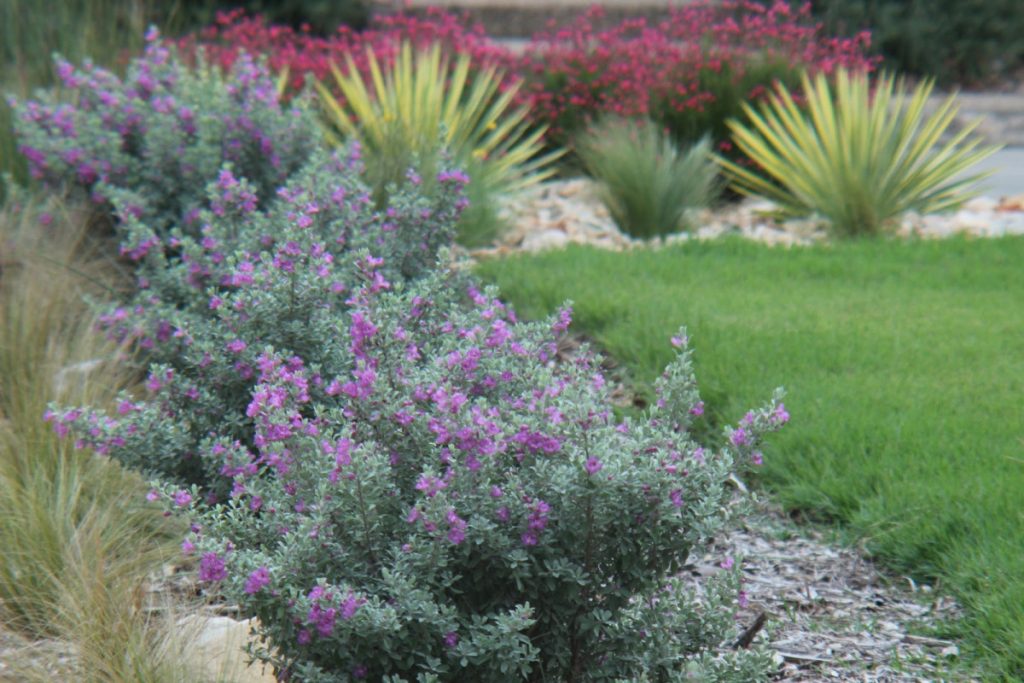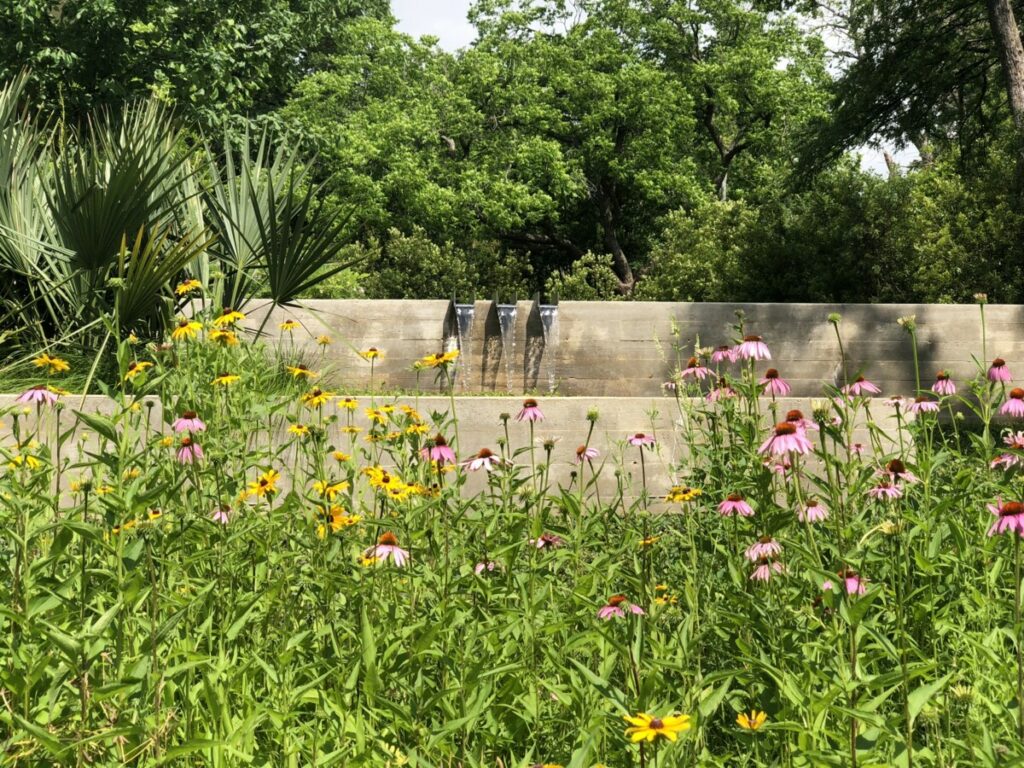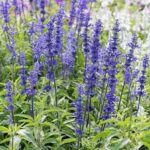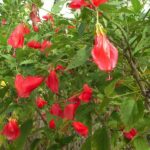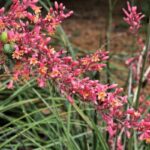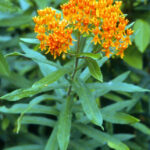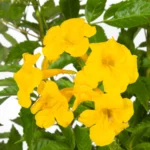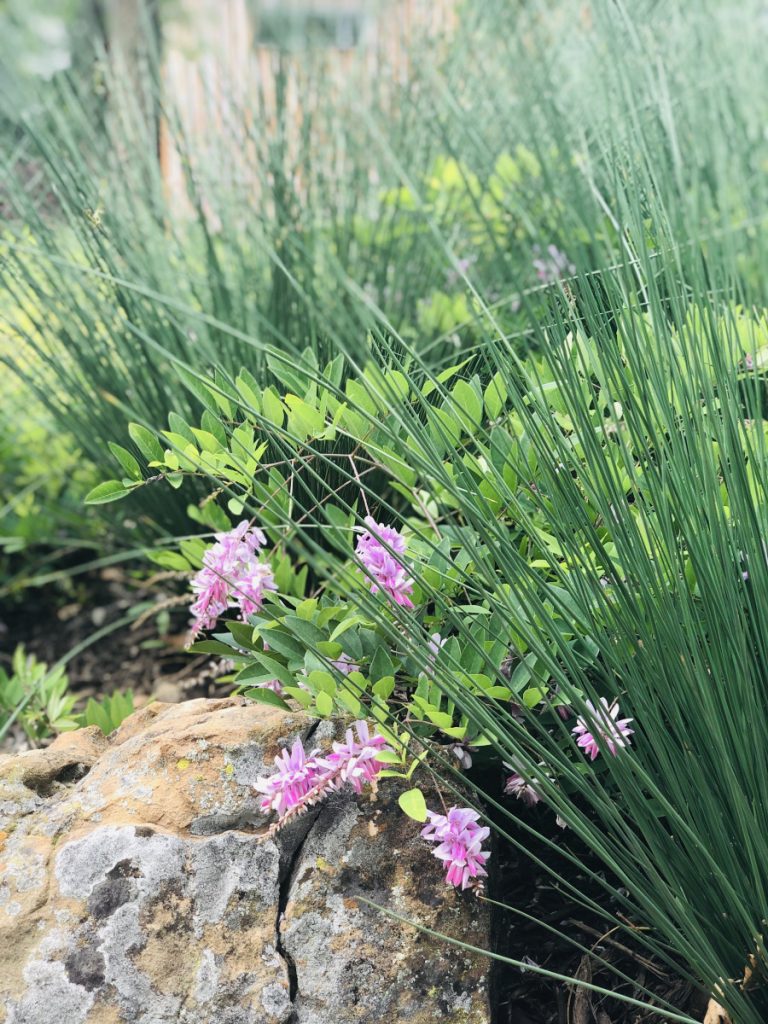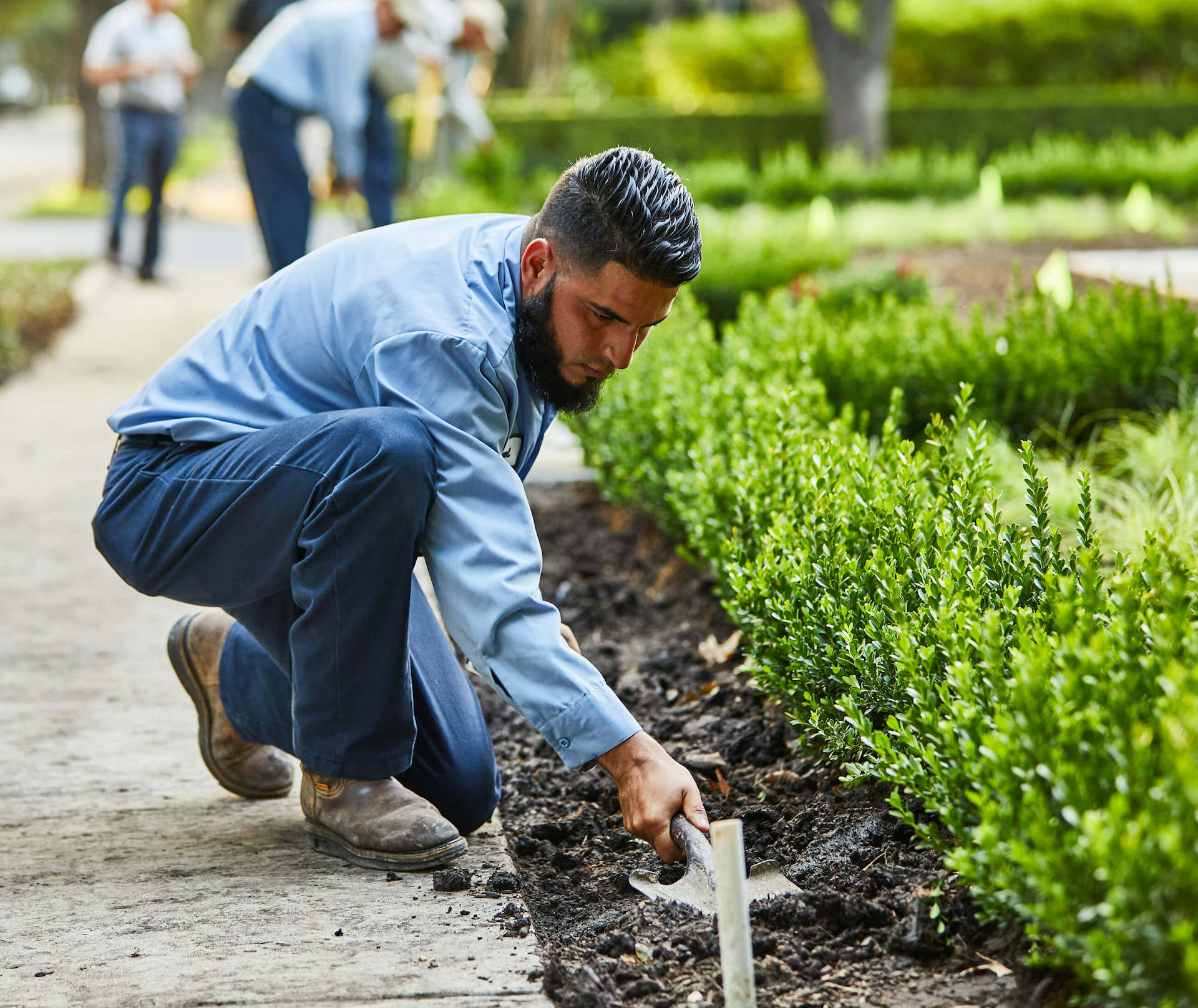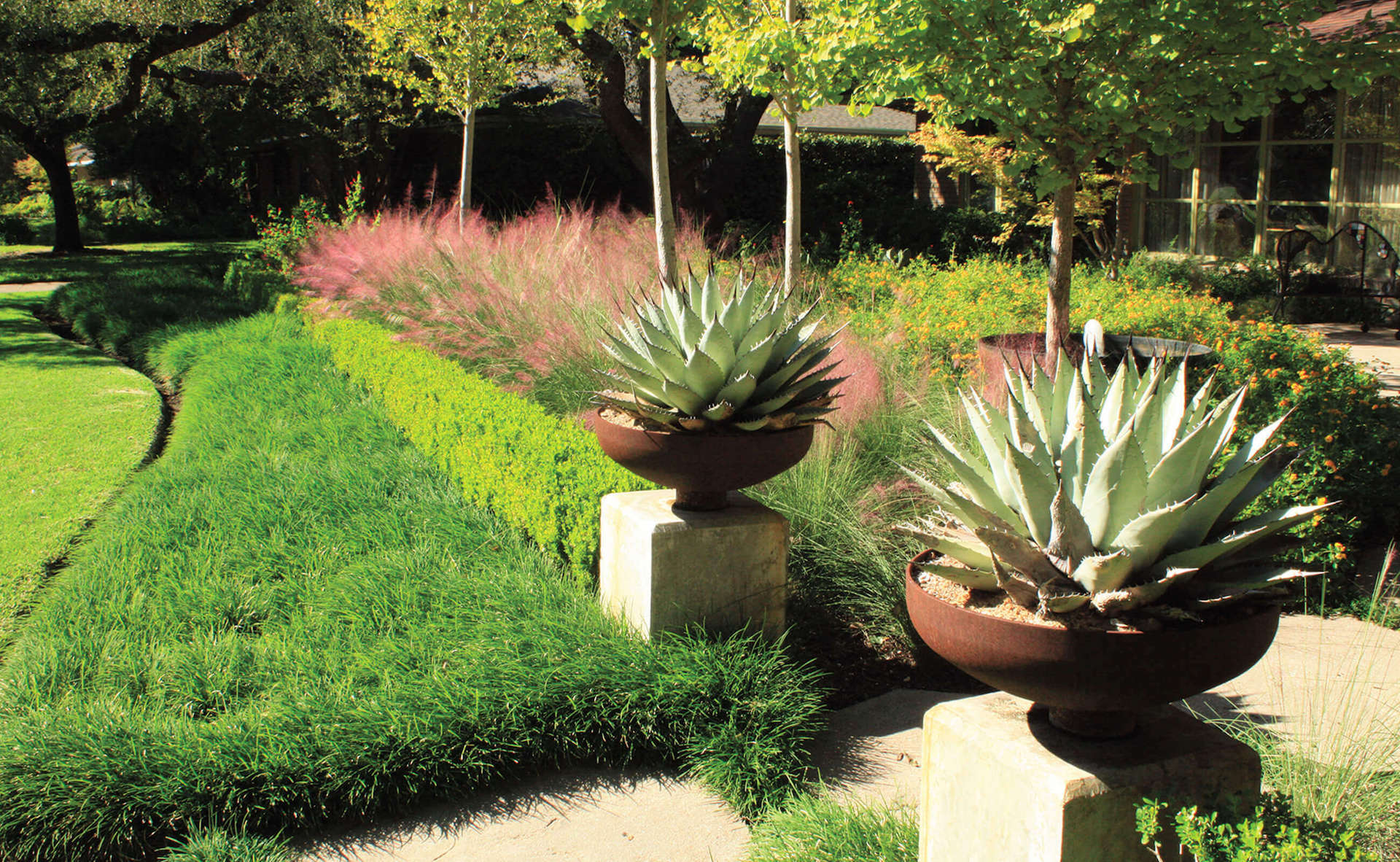
How to Grow Climate-Resilient Gardens
Nurturing Native & Adapted Plants Today to Create a Climate-Resilient Tomorrow
In a perfect world, we’re sipping our morning latte on the back deck as hummingbirds zip between honeysuckle tubes, passing buzzing bees in search of nectar. A butterfly pauses on a dog-eared book page before feasting on milkweed. As the day dwindles, the Texas sun dips beneath the trees, passing the torch to fireflies aglow just as the sounds of crickets surround us in symphony… However, with climate change turning up the heat, our current reality poses a threat to this seemingly sublime scenario. Not only does global warming cause higher temperatures, but it produces more frequent and severe storms and droughts and even affects the length of our seasons. These changes in weather patterns are becoming increasingly dangerous for our ecosystems and humans. Thankfully, there are ways in which we can help mitigate climate change and preserve our environment. Discover how you can help protect our natural habitat by creating climate-resilient gardens.
What is Climate Resilience?
Becoming climate resilient involves harnessing our natural resources to adapt to climate change. This helps to improve our air quality, responsibly manage our water, reduce greenhouse gas emissions, bolster biodiversity, and produce positive effects on our overall health and well-being.
Glenn Bonick acknowledges that creating climate-resilient gardens can be challenging in an urban landscape. We build meadows for seasonality. While wildflowers and native plants are beautiful, they typically have a short peak season. Although a percentage of these can be striking, it’s difficult to achieve a full landscape of native plants. However, by blending well-adapted plants and natives, we can create gorgeous gardens that last through the seasons.
Native Plants to North Texas
North Texas is a grassland. Situated in the Southern Plains Region (zone 8/9), our naturally occurring plants consist of mostly grasses and a few blooming plants. Utilizing native grasses allow lawns to grow longer because they’re adapted better to this climate. Roots stay cool and are more resilient to stress. Of course, it’s essential to grow these grasses in areas with proper conditions. For example, most Zoysia varieties work best in full sun in order to thrive and wouldn’t perform as well in areas with mature trees and full-shade coverage.
In order to host a healthy garden and help wildlife maintain its natural life cycle, it’s crucial to create gardens with varying types of plants:
- Shade plants
- Full sun plants
- Pollinator plants
- Ground covers
- Seasonal interest
Native Plants for Spring & Summer Color:
- Salvia
- Coneflower
- Flame Acanthus
- Texas Bluebonnet
- Turks Cap
- Red Yucca
- Milkweed
- Esperanza
3 Benefits of Native Plants
- Sustainability: Native flowering plants nurture local beneficial bugs and produce needed nectar to provide better support to bees, butterflies, and other pollinators better than non-native plants.
- Resilience: Because native plants are designed to provide shelter to native wildlife, having this supple safety net makes it more resilient to natural disasters (fires, storms, etc.).
- Mitigate climate change: Native plants naturally trap and store carbon, producing clean air, which helps protect our urban areas from excessive heat and weather systems.
Incorporating Well-Adapted Plants
First and foremost, what is an adapted plant? Basically, plants that were originally native to other parts of the country or world, but still thrive in the North Texas area are considered well-adapted. Well-adapted blooming plants help increase the bee population and birds to bring in beneficial insects to create the ecosystem important for continuing the cycle of life. These hardy plants hail from regions with similar climates, soils, etc.
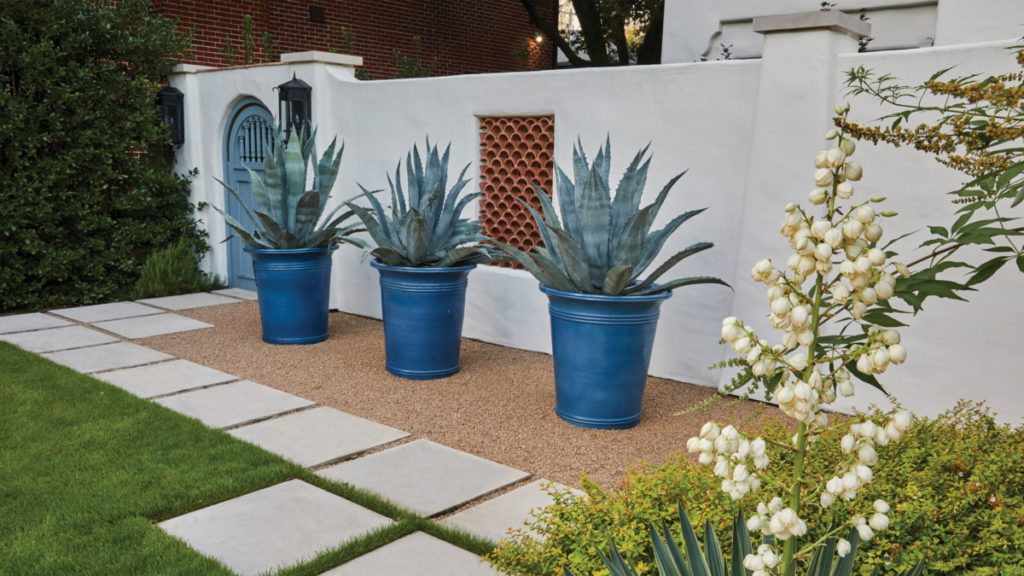
Plants Well-Adapted to North Texas
Aloes/agaves are excellent examples of well-adapted plants. Their thick, waxy leaves store water and thrive in drought conditions often prevalent in our north Texas summers. Combining these heat-resilient plants with native grasses, shrubs, trees, and blooming plants creates beautiful texture, color, and multiple layers of protection for wildlife.
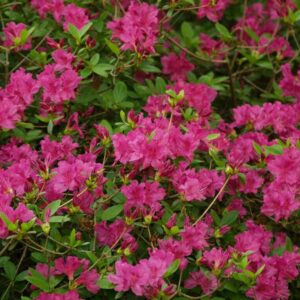
Another awesomely-adapted plant is the Azaela. Producing beautiful blooms in shades of crimson, chartreuse, magenta, and sunny yellow, these showy, shade-loving shrubs have been proven to be well-adapted if planted in proper soil and irrigated to receive more moisture without watering. They also produce more blooms when reveling in our sunny Texas rays, so plant them in areas with adequate amounts of light and shade.
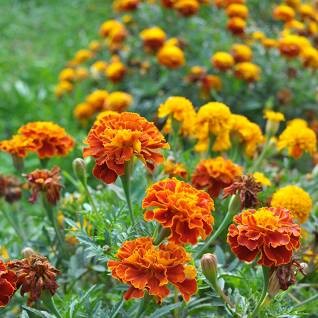 While not native to Texas, marigolds grow well in fertilized soil with adequate drainage and happily endure our Texas heat. These orange and yellow sun-lovers are crowd-pleasing annuals that also repel mosquitos! So, plant a generous amount of bouquets in your containers before your next backyard BBQ to surround your guests in seasonal color and pest protection.
While not native to Texas, marigolds grow well in fertilized soil with adequate drainage and happily endure our Texas heat. These orange and yellow sun-lovers are crowd-pleasing annuals that also repel mosquitos! So, plant a generous amount of bouquets in your containers before your next backyard BBQ to surround your guests in seasonal color and pest protection.
Enlist the Experts
So, help our beloved beetles and lizards escape the Texas sun beneath layers of shady groundcover, nurture our butterflies and birds with pollinator plants, and help contribute to climate resilience by blending native and well-adapted plants. But don’t fret if you don’t have a scientific grasp on all of these particulars, because our expert garden managers are at your service to help create gardens that adapt to our ever-changing climate. Contact us today for a custom consultation.
— by Tammy Dalke
